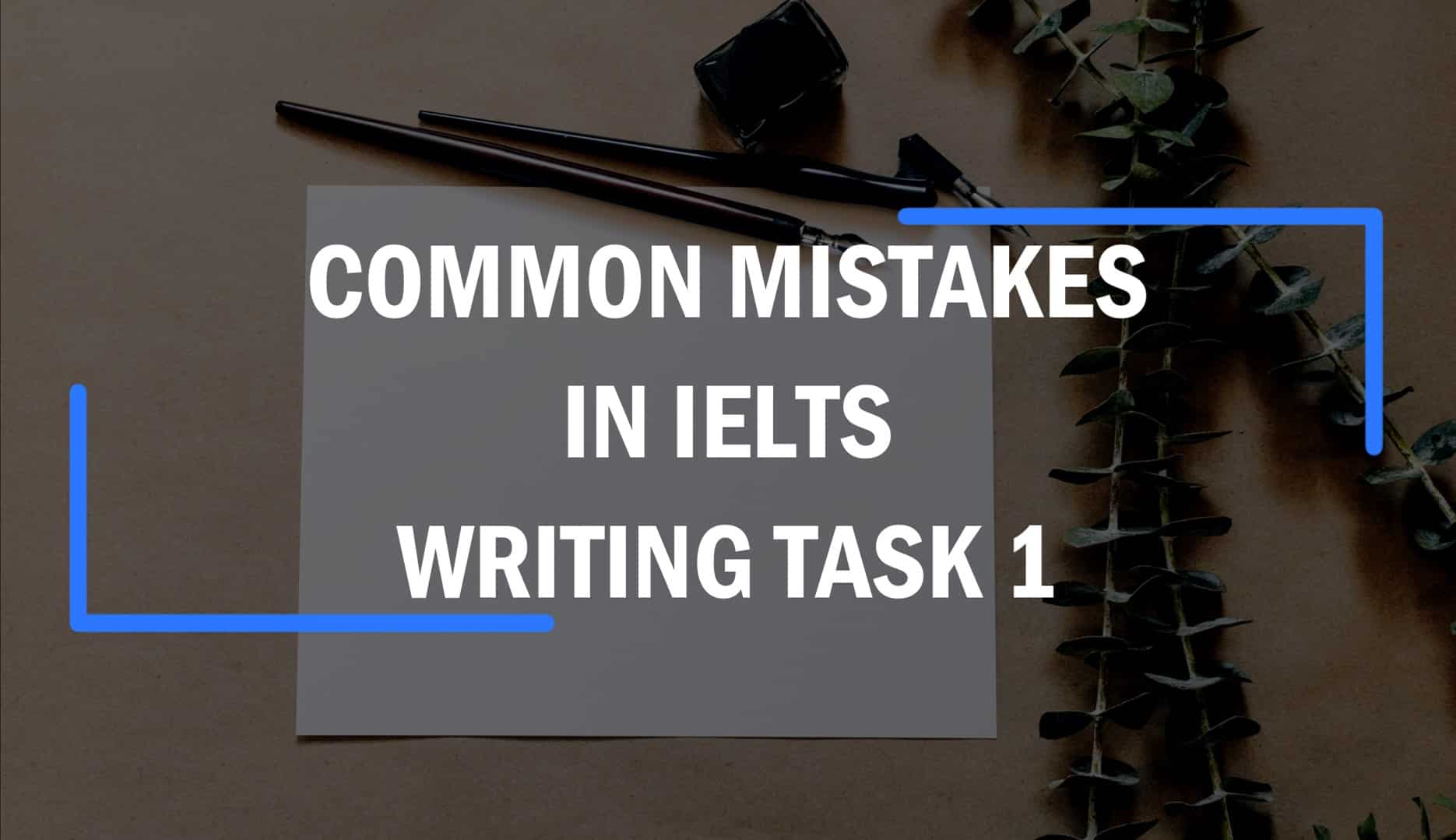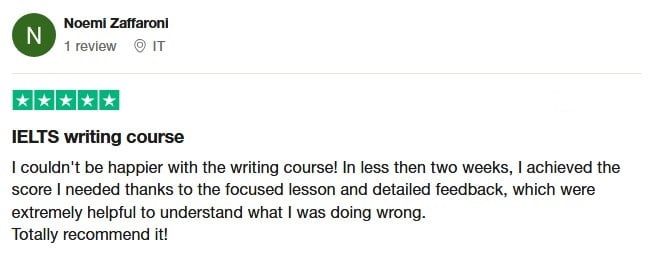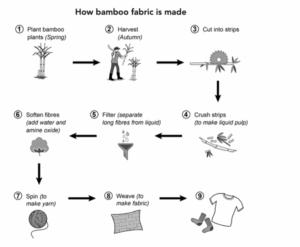People sometimes seem to be shocked at their writing scores, maybe because they feel their vocabulary and grammar were good, but it’s likely the other criteria that are hurting them. Probably they are making one of the following mistakes:
TASK 1 Academic
In IELTS AC writing, you are going to write a report about a chart or diagram. The following are some of the most common mistakes that test takers make:
Not including figures/numbers for charts and graphs
If you explain a feature, be sure to support that with a number, same for including a clear overview! There are many ways to do this, but the clearest way is to include it directly after your introductory statement, like this sample. For maps, be sure to include the main changes in your overview, and don’t forget to mention what hasn’t changed. For processes, be sure to include the number of steps in the overview, and write something like: “There are 10 steps in…”
Including opinions and assumptions
Don’t add any extra information of your own, like speculating on the reasons for the number. Just report, don’t comment on the information! Your job is to describe what you see and nothing else. Read our guide on IELTS writing task 1 to learn more about the requirements.
Trying too hard to use high-level or fancy vocabulary items
Some test takers believe fancy vocabulary means a high score! However, IELTS examiners want to see precise vocabulary items used to explain things; otherwise, you might not only hurt your lexical resource score but also your task achievement. For example, a test taker might try to describe a gradual increase with the word “soar” because they were told to use less common items. This word means to increase quickly and to a high level, so it’s going to backfire and the test taker will be penalized for that inaccurate word choice.
TASK 1 General Training
In IELTS GT writing, you are going to write a letter. It can be formal, semi-formal, or informal in tone. Here are a few of the most common errors IELTS test takers make in writing letters:
Inconsistency in tone
Depending the required level of formality, you should pick a tone and stick to it. If you are formal in one part of your letter and informal in another, your task achievement will take a hit.
Not including a clear reason
In your letter, be sure to include a clear reason for writing. IELTS examiners don’t just want to see a claim or main point. What they want to see is how you use your knowledge of the language to explain and extend those main ideas. Take a look at the writing samples here to see how you can develop your points in your IELTS letters.
Not talking about all the bullet points
Unlike IELTS speaking, in IELTS GT writing task 1, you must talk about all the bullet points and nothing else. If they ask for questions or details, be sure to include more than one.
Not using logical paragraphing
Paragraphing makes it easier to read your work. A logical organization of your main ideas and their support is important for your cohesion and coherence. The easier it is for the examiner to follow your points, the higher your cohesion and coherence score will be.
Final Note: In short, many test takers usually book their tests before they are ready. Plus, many of them don’t fully understand the requirements of the test before they decide to take the test. As I always say, prepare the right way first and then book the test when you’ve hit your target band score in your preparation. Some test takers can prepare for IELTS on their own, but if you are among the ones that want a more structured way of studying to be done with the test once and for all, our IELTS writing course might be just the solution you’re looking for.
Good luck!









